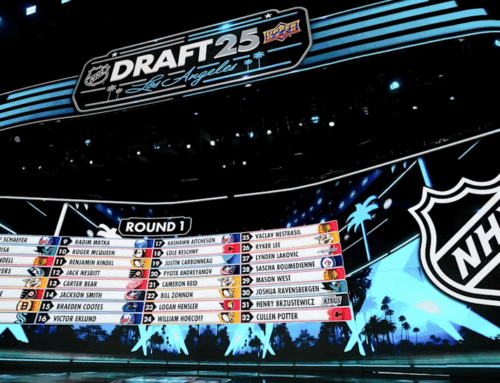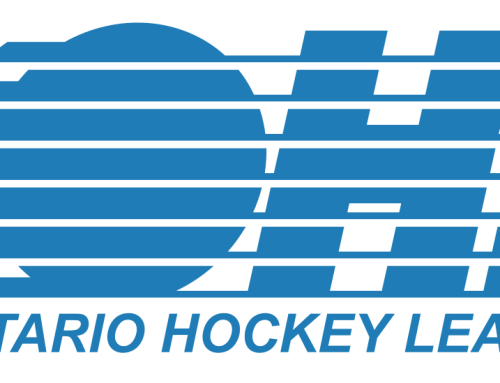Prospect Ramblings: Do bigger rookies actually hit more?
Hayden Soboleski
2018-11-04

image courtesy of NHL.com
***
One trap I’ve fallen into in the past in deep dynasty leagues is the tendency to prefer larger fringe prospects to smaller ones. My logic is that even if they don’t reach their full potential, they may still provide peripheral value in hits and PIMs, but is that really true anymore?
Obviously this doesn’t apply to top prospects that we bet on to carry our teams in points – I’m talking about the guys who battle for spots out of camp every year and occasionally provide extra-cheap support. This is a difficult distinction to make in some cases, but I’ve done my best to hand-pick guys that
a) Have played 10 games or more,
b) Were NOT locks to make their team out of camp,
c) Are NOT “top prospects” from an offensive point of view. AKA no future top-line guys just starting on the 4th line (subjective? Yes. But necessary I think).
Here’s list of several rookies playing in their team’s bottom-six/bottom-pair, their height/weight, and their hit count so far this year:

What do we see?
First of all, the heights are a pretty tight cluster. Pettersson is the extreme at 6’4″, and Dube is the only 5’10” or under, but most of the group is 6’0″ – 6’2″, aka league average. So trying to determine if there is a link between height and hitting would be a bit of a stretch given the lack of smaller and larger players. Then again, maybe this is telling us that one’s chances of earning a bubble spot out of camp while under 6’0″ is a tough sell.
On the other hand, we definitely see a wide range of weights among these rookies. This means we can actually try and derive some semi-reliable information:

Well this turned out to be a short explanation than expected. I don’t see any real trend between weight and hit count / PIMs. Maybe its too early in the year and we need more data, or maybe its just outdated to assume that the bigger rookies are going to land you more hits. In today’s game focused on speed, we’re hitting a point where in able to hit people without taking a penalty you have to keep up with them, meaning some smaller guys are just as likely to be able to hit.
Conclusions:
- Don’t assume the bigger rookies are more likely to provide peripheral stats. You’re likely missing out on better options by limiting yourself this way.
- Given the narrow range of heights included here, it’s possible that the shortest bubble guys have a disadvantage of making the NHL at all. This is logical given the old-school mentalities still around the league, but requires more time/research to confirm.
***
FIRST NHL GOALS TIME!
When you can shoot like this, its amazing we had to wait this long to see Jesperi Kotkaniemi’s first of his career:
{youtube}pV6bWiZ4qe4{/youtube}
If Michael Rasmussen can set himself in the slot like this consistently, he’ll become a dangerous presence:
{youtube}kXuyIJZHsY4{/youtube}
Same goes for Rourke Chartier, who knows that cleaning up rebounds and giving your linemates assists is the best way to make friends:
{youtube}UIag7eJn0-E{/youtube}
Sheldon Dries may be an injury replacement for the time being, but getting it done in the dirty areas makes coaches remember you:
{youtube}QJkwgZv8eg8{/youtube}
Another Av got his first this week – Vlad Kamenev blasts one by the goalie off the rush:
{youtube}KQex6q4DzAY{/youtube}
***
Thanks for reading, and best of luck as we approach the 1/4 mark of the fantasy season. Time for the real in-season roster makeovers to start!
Hayden Soboleski
@soboleskih






